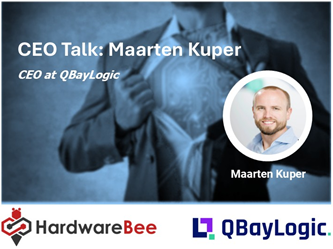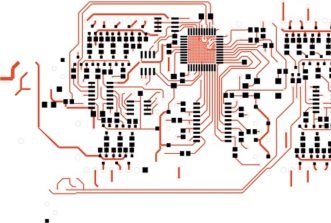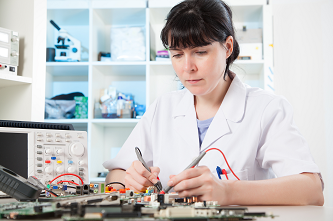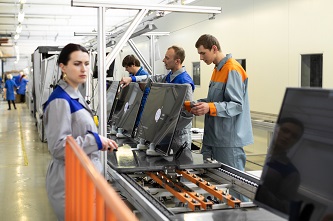This website uses cookies so that we can provide you with the best user experience possible. Cookie information is stored in your browser and performs functions such as recognising you when you return to our website and helping our team to understand which sections of the website you find most interesting and useful.
New AWG Card Enhances Analog Quantum Computing Capabilities
Researchers in Germany are making significant strides in the field of quantum computing by utilizing a PC card for arbitrary waveform generation (AWG). The University of Kaiserslautern, in particular, is at the forefront of this innovative approach, employing AWG cards from Spectrum Instrumentation with Direct Digital Synthesis (DDS) to control single atoms in an analog quantum computing system.
The Rymax One collaboration is actively involved in creating an array of single atoms that function as qubits in a Quantum Optimizer. One of the primary challenges they face is the precise manipulation and positioning of each atom. To address this issue, they employ lasers that trap each atom at the center of the laser beam, essentially acting as optical tweezers.
Individual Ytterbium atoms are suspended in a vacuum in a Rydberg state using optical tweezers as part of the Rymax collaboration's efforts. Their focus lies on solving quantum optimization problems, such as the Maximum Independent Set problem, by utilizing algorithms like QAOA and quantum annealing. This strategic approach enables them to develop optimized hardware for analog quantum computing, with a key emphasis on dynamic control over the UV laser light through comprehensive management of various RF signals.
Despite the complexity involved in programming precise movements of the laser beam, recent advancements have streamlined the process. The DDS firmware option from Spectrum Instrumentation has significantly reduced the programming workload and data requirements. Researchers can now control the position of the lasers with simple commands that define start and stop parameters, eliminating the need for time-consuming data array calculations.
Jonas Witzenrath from RPTU Kaiserslautern expressed his enthusiasm for the progress facilitated by the DDS option, emphasizing its role in simplifying system complexities and enabling a sharper focus on research advancement. The team's next objective involves reordering atoms in a static two-dimensional array using the dynamic capabilities of the DDS firmware, with plans to leverage AWGs for shaping precise UV laser pulses to control qubit interactions.














